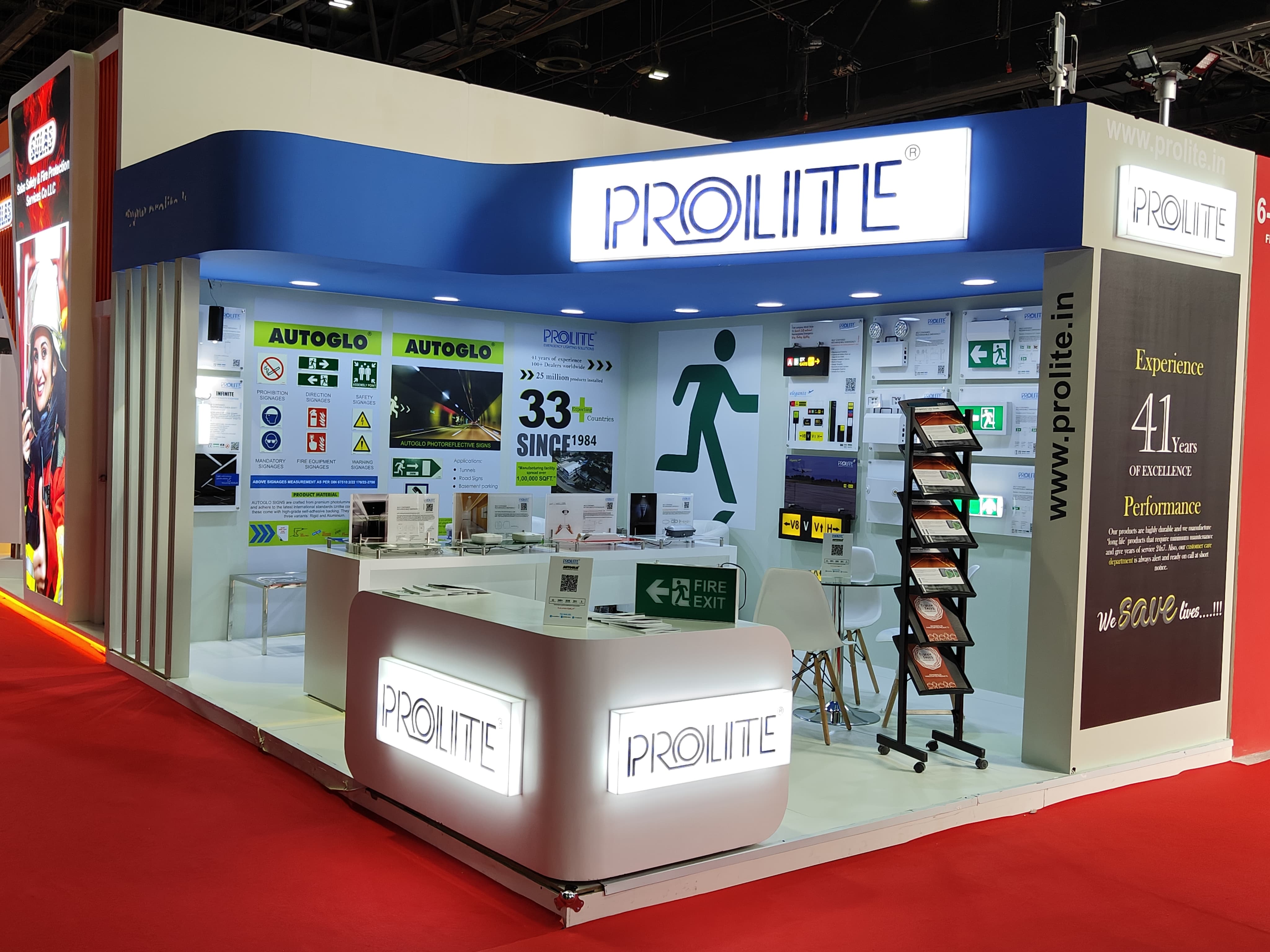EXPERT’S VIEW: EMERGENCY LIGHTING: MEASURES, NORMS AND SPECIFICATIONS
By : Prolite

Safety and security is not a subject to fit into any straight jacket. It has many different angles to it. Different situations and circumstances dictate different courses for different horses. The kind of security measures required to protect a nuclear facility is very different from those needed at say, an auditorium.
However, one thing that all security experts agree upon is that the primary approach towards safety and security should be on prevention and the measures to keep crisis at bay need to be looked at very, very closely. One such preventive safety tool is the emergency light. In a situation where people are trapped in any closed space and the lights go out due to fire, short circuit, sabotage or any such thing, the urgency is to guide them out to safety in quick time. It is here that emergency lighting and signages play an important role in saving lives and rescuing clueless, trapped victims, already traumatized by the situation and desperately needing a guiding hand to transport them to safety.
PROLITE AUTOGLO LTD. has been in the emergency lighting business for over three decades now and its CEO Mr. Harsha Joshi has been its guiding light. The company today, has established a robust presence not just in the most sensitive and important locations like BARC, to name but one, but also exports its ranges of emergency lights and signs worldwide. We present here a detailed interview with the man himself on the growth of the Emergency light business over the years and the various utilities of emergency lights.
Q.1 When you sold your first emergency light and when you see your company today, what has been the journey like in your own view?
Q.2 What is the measure of light and how are emergency lights designed, intensity wise, for different locations, situations and applications?
Q.3 In layman’s terms, light is determined by wattage and amperage, so can you tell us a bit more about the Lux measure?
Q.4 Can you tell us something about the various specifications- weight wise, size wise or intensity wise- of emergency lights for different locations or applications? Are Indian standards different from international standards?
Q.5 Can you tell us how your Emergency light ranges differ from the competition on terms of price, longevity or utility?
Q.6 Can you throw some light on your recent product- conversion module- and how useful and popular it has been?
Q.7 Like any other business, yours too needs to adapt and work within the framework of laws and rules laid down by the government. What measures do you think the government should take to help the emergency light business serve people better? Also, what are the limitations and problems that the present situation pose for the emergency ligting industry?






